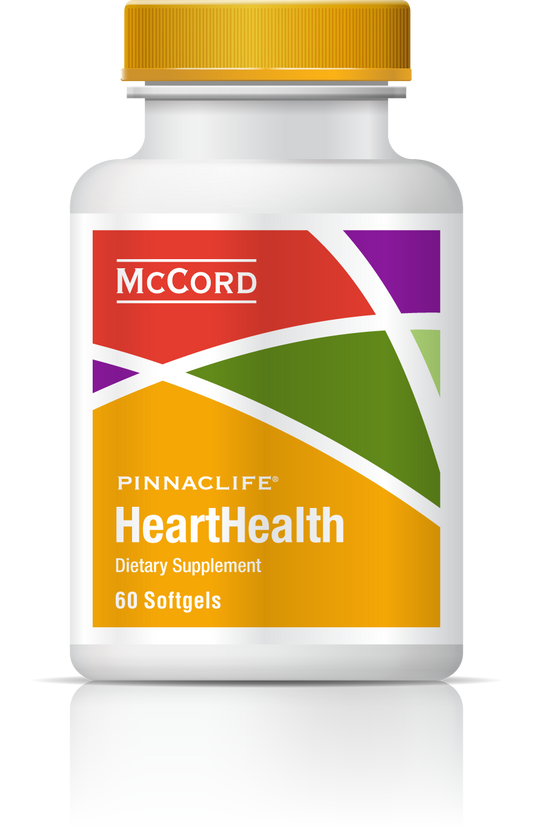Skin provides a fairly inhospitable environment for most microbes due to its amazing ability to remain cool, dry and slightly acidic. In addition to producing sweat, the skin frequently sheds cells and secretes oils and defensive peptides to protect against invading microbes. However, skin isn’t completely hostile to microbes because it also welcomes a rich and complex flora of interacting microbes that live in harmony with the skin and actually protect it from dangerous pathogens.
Viniferamine® skin and wound care products were designed to preserve the balance of the skin’s normal chemistry and flora and enhance protection against invading microbes and microbial over-population. Besides the ingredients that specifically function as antimicrobials such as Benzalkonium Chloride included in Viniferamine® Antiseptic Cleanser, many of the nutrients in the Viniferamine® products have protective antimicrobial activities. Oleuropein, a natural polyphenol in olives, resveratrol, a natural polyphenol from grapes, and EGCG (epigallocatechin-3-gallate), a natural polyphenol in green tea leaves, all have antimicrobial activities.
Several microbes have become resistant to antibiotics including methicillin resistant staphylococcus aureus (MRSA), making them much more difficult to defend against in order to protect skin against infection. One important reason some of these invading microbes resist antibiotics is that they are capable of producing biofilms. Biofilms are aggregates of microorganisms (enclosed in a protective matrix) that strongly adhere to surfaces, including skin tissues. The microbes in biofilms frequently act together to cause chronic infections. Biofilms are a serious complication in diabetic foot ulcers and in other chronic wounds.
Some of the naturally antimicrobial ingredients included in Viniferamine® skin and wound care products like Silicone Barrier also have activities against biofilms. Resveratrol has antimicrobial effects against P. acnes, as well as the ability to eradicate P. acnes biofilms. In addition, resveratrol is reported to inhibit MRSA biofilms. EGCG has been shown to have antimicrobial effects against P. aeruginosa, S. aureus, and C. albicans, which include activities against biofilm formation. EGCG has also been shown to disrupt the communication signaling required for E. coli to form biofilms. Oleuropein was shown to inhibit the growth of several bacterial strains including S. aureus. Olive leaf extract that contains oleuropein was found to have antimicrobial activity against P. aeruginosa, E. coli and C. albicans. Finally, another important natural antioxidant found in Viniferamine® skin and wound care products, melatonin, has antimicrobial effects against MRSA and antibiotic resistant P. aeruginosa.
Antibiotic resistant microbes are becoming more prevalent. In addition, immune deficiencies and physical changes associated with diabetes and other chronic illnesses make skin defense against pathogens substantially more difficult. It’s good to know that Viniferamine® products like Antiseptic Cleanser and Silicone Barrier can enhance protection against harmful skin infections that can lead to chronic wounds.
About the author: Nancy Ray, PhD is the Science Officer at McCord Research. Dr. Ray received her PhD in Biochemistry and Biophysics and was a postdoctoral fellow at NIH, Harvard University and Dana-Farber Cancer Institute, and the University of Iowa. She also earned bachelor of science degrees in Chemistry and Microbiology.
References
- Semin Immunol 2013; 25: 370-377.
- Molecules 2007; 12: 1153-1162.
- J Pharm Pharmacol 1999; 51: 971-974.
- Dermatol Ther 2014; 4: 249-257.
- PLoS One 2014; 9: e92876.
- Br J Pharmacol 2013; 168: 1059-1073.
- Adv Wound Care 2015; 4: 38-49.
- Phytomed 2012; 19: 409-412.
- Sci Rep 2014; 4: 5467.
- Can J Microbiol 2009; 55: 1033-1039.
- Z Naturforsch C 2003; 58: 879-884.
- J Pineal Res 2008; 44: 222-226.
Disclaimer: These statements have not been reviewed by the FDA. The decision to use these products should be discussed with a trusted healthcare provider. The authors and the publisher of this work have made every effort to use sources believed to be reliable to provide information that is accurate and compatible with the standards generally accepted at the time of publication. The authors and the publisher shall not be liable for any special, consequential, or exemplary damages resulting, in whole or in part, from the readers’ use of, or reliance on, the information contained in this article. The publisher has no responsibility for the persistence or accuracy of URLs for external or third party Internet websites referred to in this publication and does not guarantee that any content on such websites is, or will remain, accurate or appropriate.





